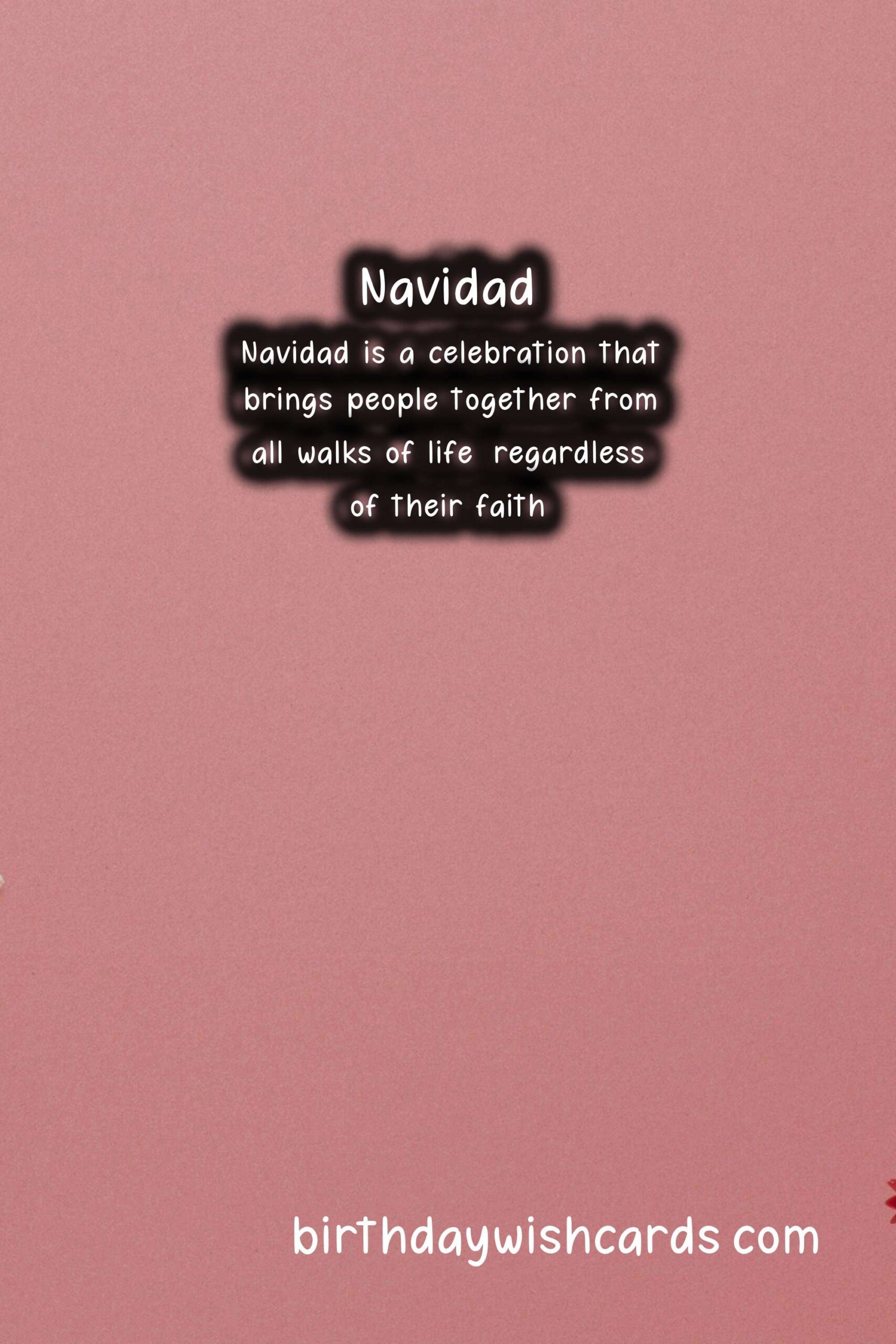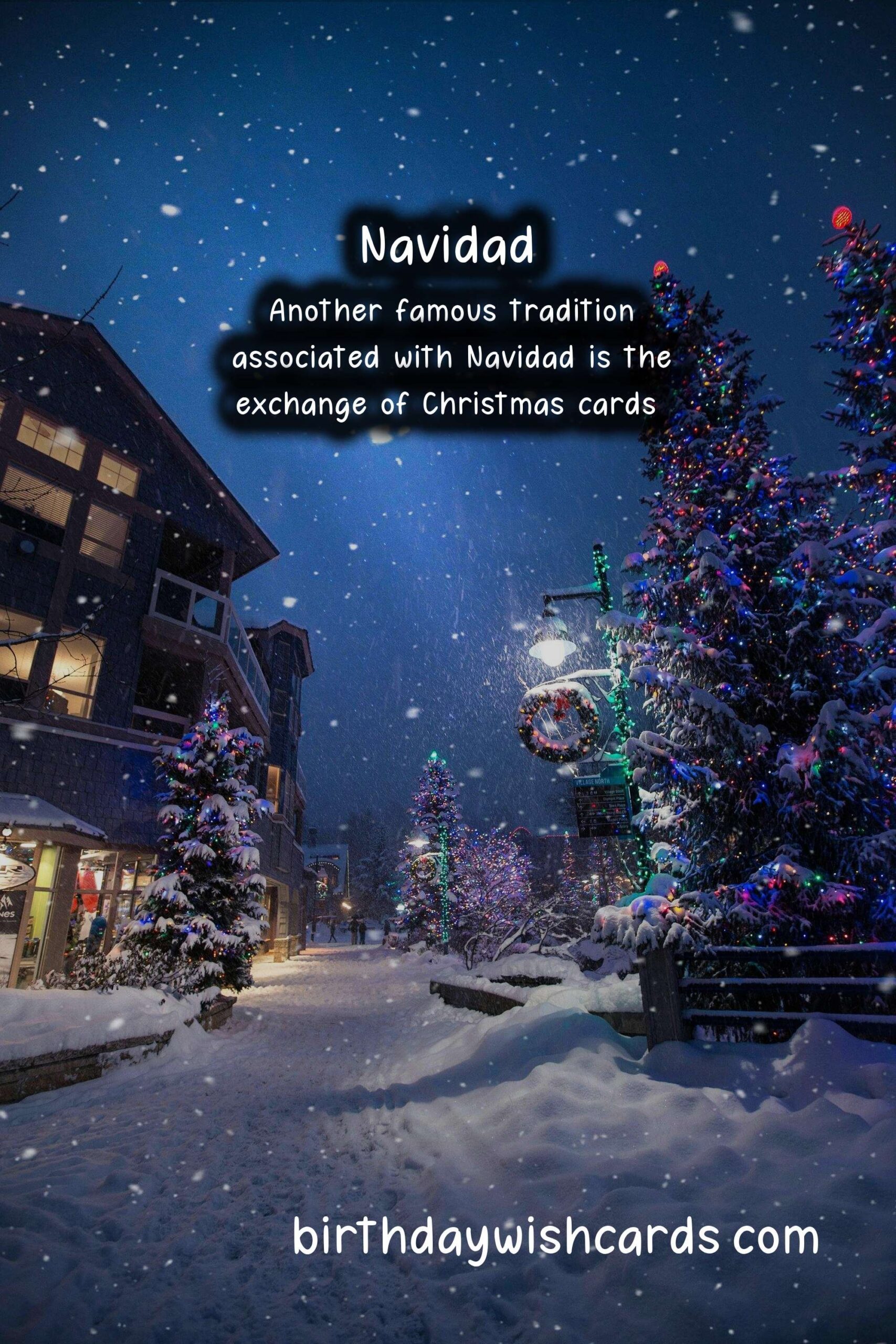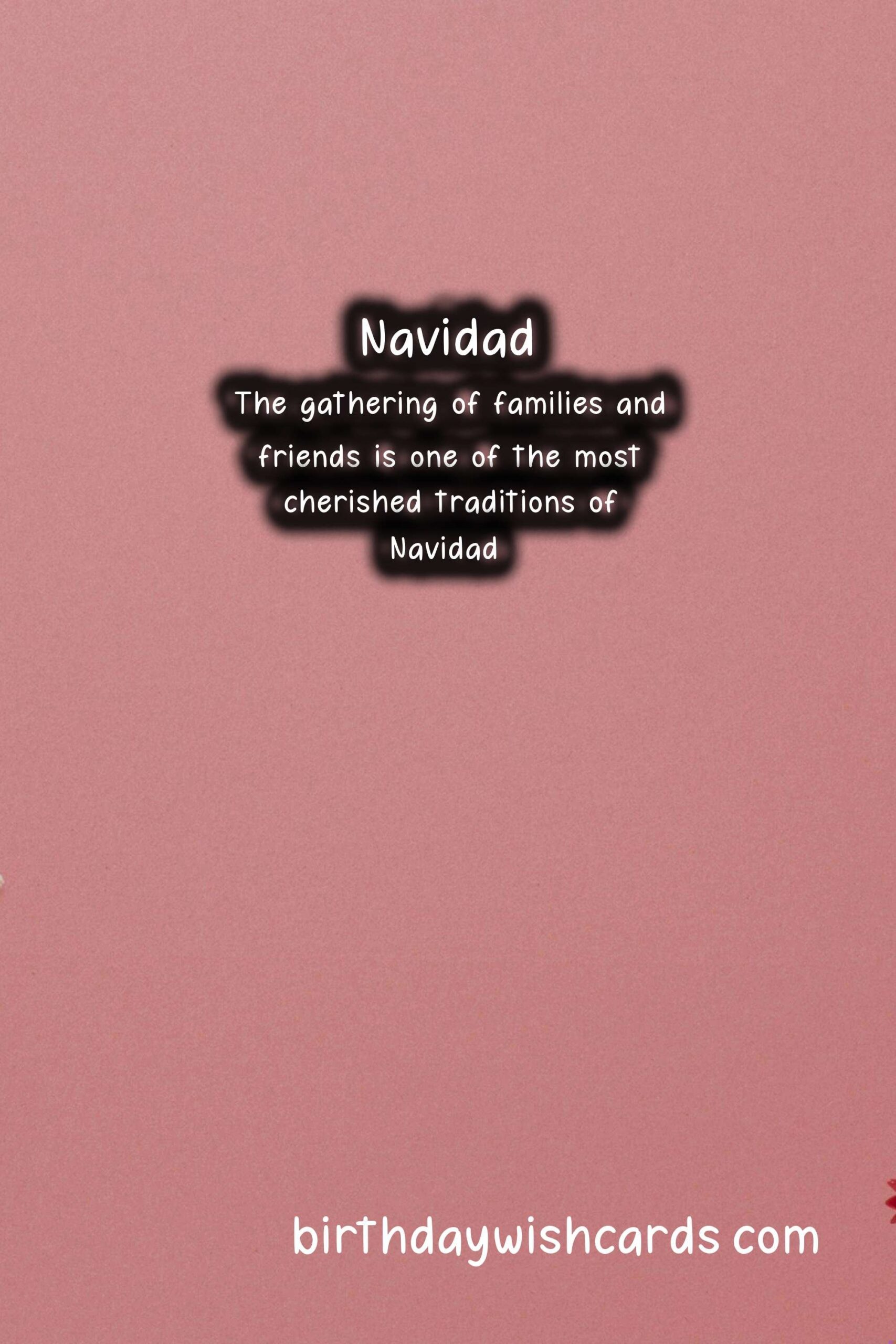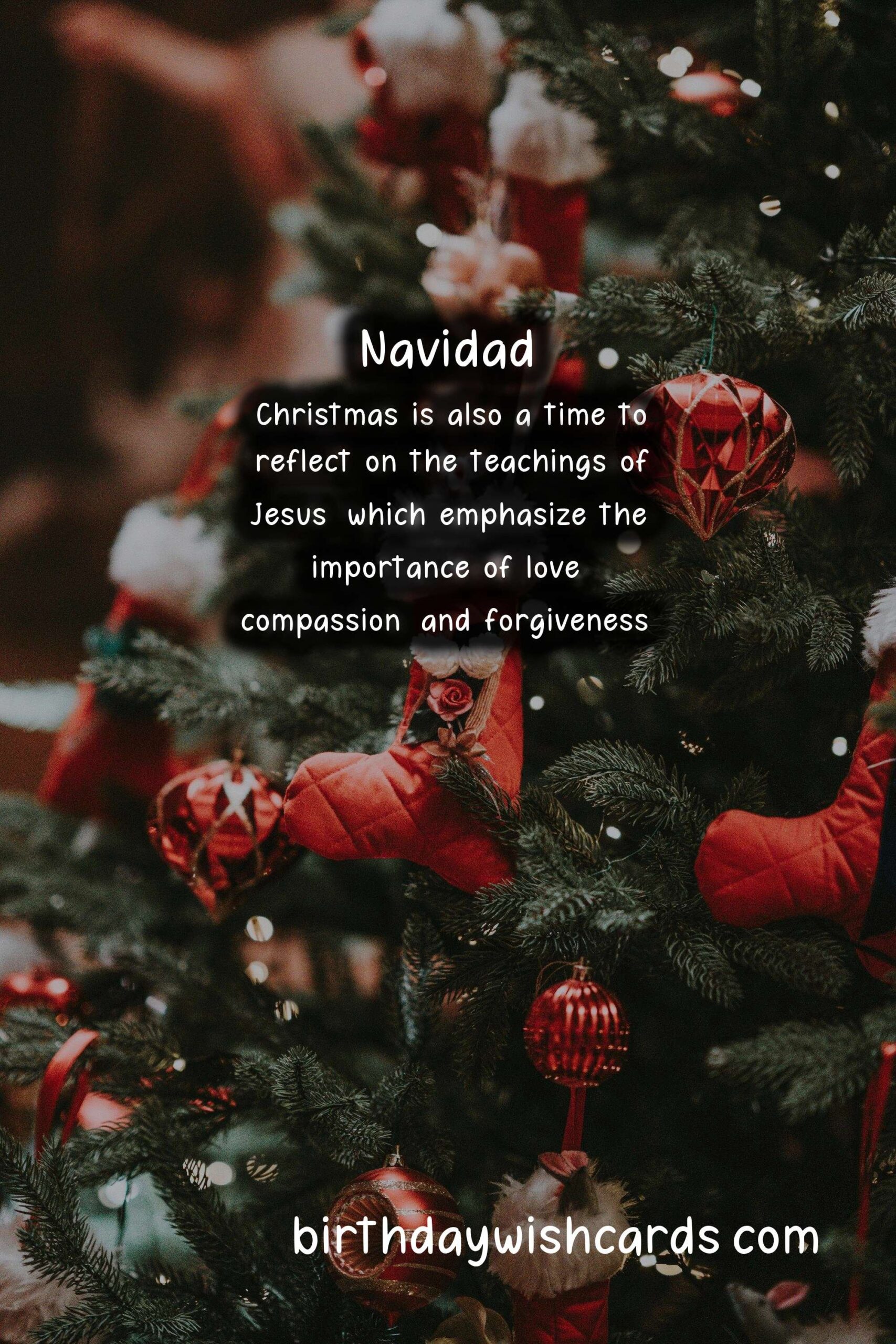Navidad (December 25) – Celebrating the Joy of the Season!
Navidad (December 25) – Celebrating the Joy of the Season!
Navidad, or Christmas, is a major festival celebrated in many countries around the world on December 25. It is a day filled with joy, love, and the spirit of giving and sharing. This holiday has a rich history and is celebrated by millions of people of different cultures and faiths. As we approach this special day, let’s take a closer look at why Navidad is so significant and learn about the different customs and traditions associated with this holiday season.
One of the most cherished traditions of Navidad is the gathering of families and friends to celebrate this special occasion. As the air fills with the aroma of delicious food, people come together to enjoy a hearty meal, exchange gifts, and spend quality time with their loved ones. This is also a time when people visit the elderly and those who are less fortunate, spreading the spirit of compassion and kindness.
Another key aspect of Navidad is the decoration of homes and public places with lights, Christmas trees, and Nativity scenes. These decorations not only add to the festive atmosphere but also symbolize the birth of Jesus Christ, who is considered the central figure of the holiday. Many families also have the tradition of creating a Nativity scene in their homes, with figurines representing Jesus, Mary, Joseph, and the Three Wise Men.
The Significance of Navidad
The word Navidad has its roots in the Latin word ‘natalis’, which means birth. This celebration marks the birth of Jesus Christ, who was born to the Virgin Mary on December 25, approximately 2000 years ago. As per the Bible, Jesus was born in a manger in the town of Bethlehem, which is now located in Palestine. This event is believed to be the fulfillment of a prophecy made by the prophet Isaiah, hundreds of years before the birth of Christ.
Christmas is also a time to reflect on the teachings of Jesus, which emphasize the importance of love, compassion, and forgiveness. His message of peace and unity continues to inspire people from all walks of life, making Navidad a special time of emotional and spiritual rejuvenation.
The Traditions of Navidad
Navidad is celebrated in various ways across different cultures and countries. The tradition of decorating Christmas trees originated in Germany and was later adopted by many other countries. On the other hand, the custom of sending and receiving gifts has its roots in the story of the Three Wise Men, who presented gifts to Baby Jesus on the day of his birth.
Another famous tradition associated with Navidad is the exchange of Christmas cards. In the 1800s, the first Christmas card was created by a man named Sir Henry Cole in England. This tradition soon spread to other parts of the world, and today, people exchange millions of Christmas cards every year, filled with warm wishes and festive greetings.
In many Latin American countries, the holiday is celebrated with a special midnight mass known as ‘Misa del Gallo’ or ‘Rooster’s Mass’. This mass takes place on the night of December 24, and attendees dress up in festive attire and take part in a colorful procession to the church, where they offer prayers and sing hymns.
Celebrating Navidad Around the World
While Christmas is celebrated on December 25, the customs and traditions associated with Navidad vary from country to country. In most Western nations, Christmas is a time for family gatherings, gift-giving, and feasting. Traditional Christmas dishes like roasted turkey, ham, and fruit cake are enjoyed by many during this time.
In countries like Mexico, the festive season begins on December 16, and is celebrated with colorful processions, music, and street parties. The celebrations continue until January 6, which is known as ‘Three Kings Day’ or ‘Día de los Reyes Magos’. Children leave their shoes outside their homes on the night of January 5 in the hope that the Three Wise Men will fill them with presents.
In Japan, Christmas is celebrated as a romantic holiday with couples going out for romantic dinners and exchanging gifts. However, the festivities are more focused on the New Year, which is a major celebration in the country.
In Conclusion
Navidad is a celebration that brings people together from all walks of life, regardless of their faith, and reminds us of the importance of love, compassion, and unity. The holiday is celebrated with traditional customs and practices that have been passed down from generation to generation, making it a truly unique and cherished time of the year. As we look forward to celebrating Navidad, let’s spread love, kindness, and joy, and make this holiday season truly special for ourselves and those around us.
Christmas is a major festival celebrated in many countries around the world on December 25.
As we approach this special day, let’s take a closer look at why Navidad is so significant and learn about the different customs and traditions associated with this holiday season.
The gathering of families and friends is one of the most cherished traditions of Navidad.
Decoration of homes and public places with lights, Christmas trees, and Nativity scenes is a key aspect of the holiday.
The word Navidad has its roots in the Latin word ‘natalis’, which means birth.
Christmas is also a time to reflect on the teachings of Jesus, which emphasize the importance of love, compassion, and forgiveness.
The tradition of decorating Christmas trees originated in Germany and was later adopted by many other countries.
Another famous tradition associated with Navidad is the exchange of Christmas cards.
The customs and traditions associated with Navidad vary from country to country.
Navidad is a celebration that brings people together from all walks of life, regardless of their faith.
Let’s spread love, kindness, and joy, and make this holiday season truly special for ourselves and those around us.









#Navidad #Christmas #HolidaySeason







